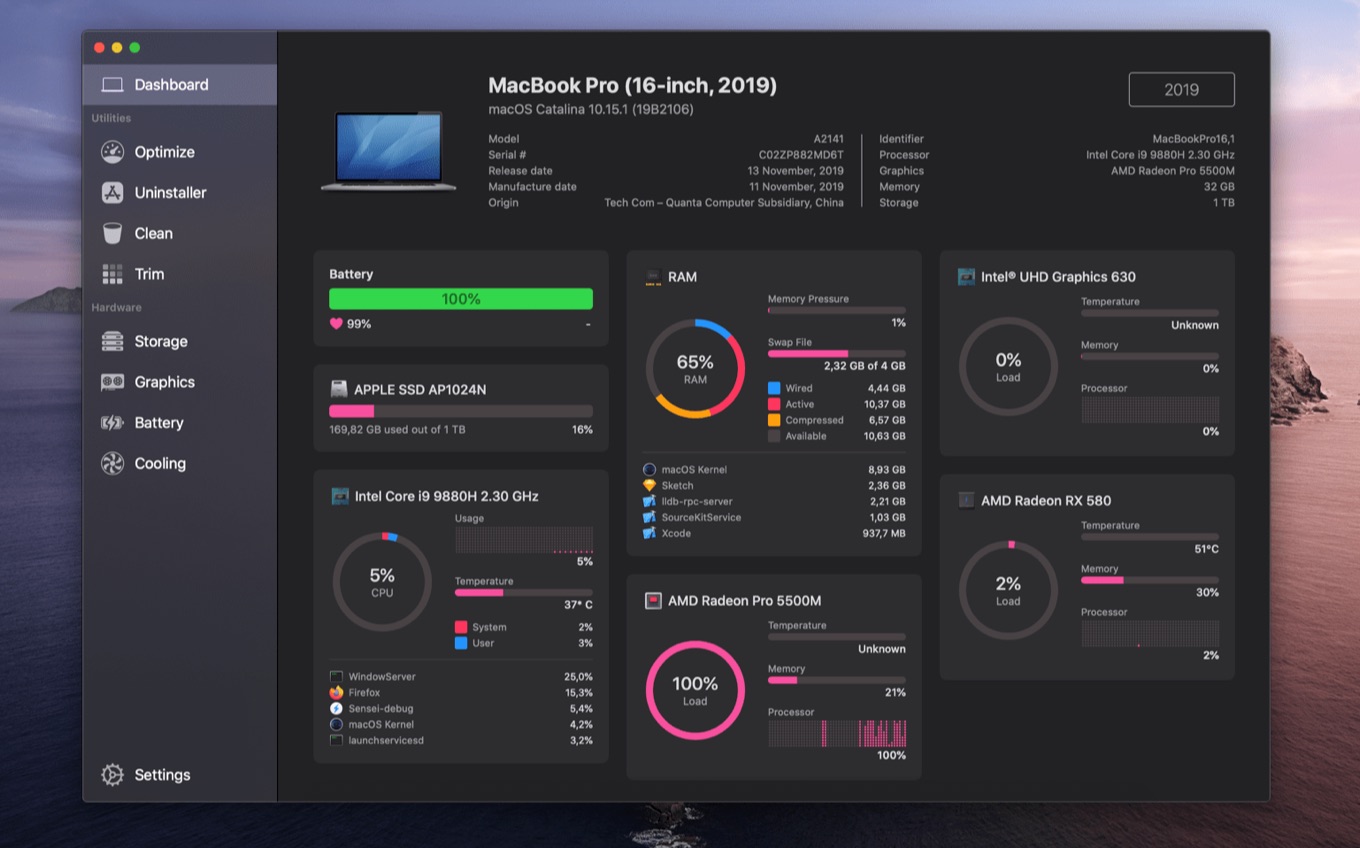

When the time comes, if you're still ok with your 2017 iMac, you can then reopen it just to upgrade the SATA Drive.

I prefer the Apple original SSDs not to have the possibility of any Firmware/BootROM problems in the future.įor now, you could give yourself the highest capacity SSPOLARIS drive and go external for your DAW files. But we can't be sure for any eventual future update. In your case you are probably not going to have problems. Then even the "slow" PCIe 2.0 x2 Blade SSD would help.Īlso, the 1TB Apple SSD was too expensive, as were some NVMe's which for the PCIe 2x2 case is simply to "worth it".Ībout the eventual sleep problems, I think they're related to Macs which were never populated with an Apple SSD. In hindsight I think on my case a 2TB SATA could've made more sense since the actual speed is almost the same.īut I may upgrade it in the future, say for a 4TB SATA QLC. I like the idea of upgrading the iMac myself, even taking the chance to upgrade RAM and CPU as well. In fact, the day I give myself a 4K 2017 or 2019 iMac I'll make sure it's the Fusion Drive model so I can upgrade it. Get the highest capacity original PCIe Apple SSD possible and the highest capacity SATA SSD as well. That being said, I did to my old iMac the same thing I'd probably do to an eventual new one. Indeed, you are the best person to decide what is worth it for you, of course. I think "worth it" is generally a subjective term. I really like my "clean" setup with two internal SSDs, one original from Apple, and no external dongle on my iMac.īut I think a lot of people around might try to tell you to go the external route, which is simpler and cheaper. Those are in theory compatible with the same slot, but were not tested yet for OWC to list as iMac compatible.

They are discussing it on another thread (link): It seems OWC has started selling what is supposed to be a 100% compatible SSD, no adapter needed.īut I am not sure whether Sleep/Hibernation problems do exist.
Trim enabler mojave pcie mac#
I paid half price for my 512GB UAX SSD (original from the Trash Can Mac Pro) on an US eBay listing. I've read people with adaptors and 3rd party SSDs can get Sleep and Hibernation problems in a good thread around.īeetstech sells this original SSDs, but they are expensive (link): In your case it would be the Samsung SSPOLARIS, the first - larger than 32GB - Apple NVMe Drive. If I were you, I'd give a look on eBay and other online shops for the original Apple SSD. I have a Late 2013 iMac with a 512GB Apple PCIe and a 1TB 860 EVO SATA setup as one 1.5TB Fusion Drive. I experienced this firsthand when my SanDisk SSD started slowing down as it got older before enabling TRIM on it.I'd go for at least 512GB for the PCIe SSD.īut since you have the 32GB one, 256GB should give a noticeable performance leap. Once your computer restarts, check System Report again to see if TRIM Support changed to Yes.įinally, TRIM does matter, even for modern SSDs with sophisticated garbage collection. Just open Terminal and type “sudo trimforce enable”. If it is listed but says “No”, you can try turning TRIM on by using the trimforce command in terminal. If TRIM Support is not listed, your enclosure most likely does not support TRIM. In order to check if your enclosure supports TRIM, you’ll want to go to Apple > About This Mac > System Report > Hardware > SATA/SATA Express > and look for “TRIM Support” under the enclosure specs. I used the trimforce command in terminal to enable it. Most Thunderbolt enclosures should support TRIM, and I currently have TRIM enabled on a SanDisk Extreme SSD in an Akitio Thunderbolt 2 enclosure. Firewire supposedly supports TRIM, but I haven't tested it. All five of the USB 3 enclosures / docks I have support it. The vast majority of USB enclosures do not support TRIM, but allegedly there are some that support it such as the JMS 578 USB bridge controller (source: ). (I have sources but Stack Exchange won't let me post more than 2 links)Ĭontrary to many of the comments here, the interface DOES matter. Then in OS X 10.10.4, Apple introduced a “trimforce” command which enabled TRIM on 3rd party SSDs without turning off kext signing. Later, OS X 10.10 (Yosemite) introduced a security requirement called kext signing which prevented TRIM Enabler from working without completely turning off kext signing.
Trim enabler mojave pcie software#
To get around that restriction, software such as Cindori's TRIM Enabler allowed TRIM to be used on 3rd party SSDs. I realize this question is over 4 years old, but I'm adding a comment because this page was the first hit for a Google search on the subject and some of the comments are outdated whereas others were plain wrong.Īpple added native TRIM support in OS X 10.6.8 but only for Apple OEM SSDs.


 0 kommentar(er)
0 kommentar(er)
